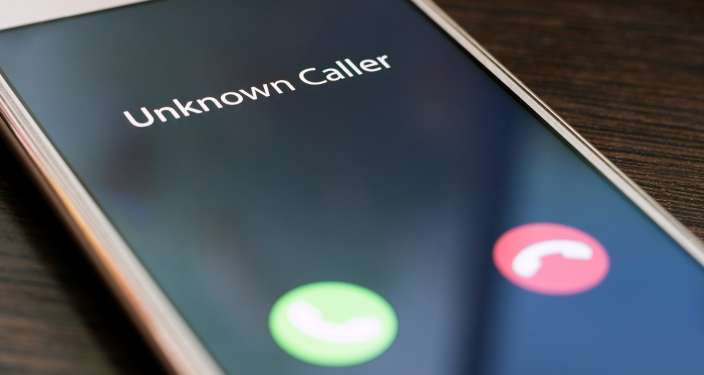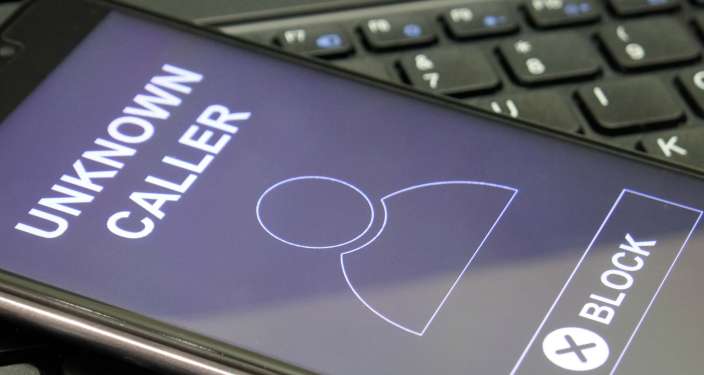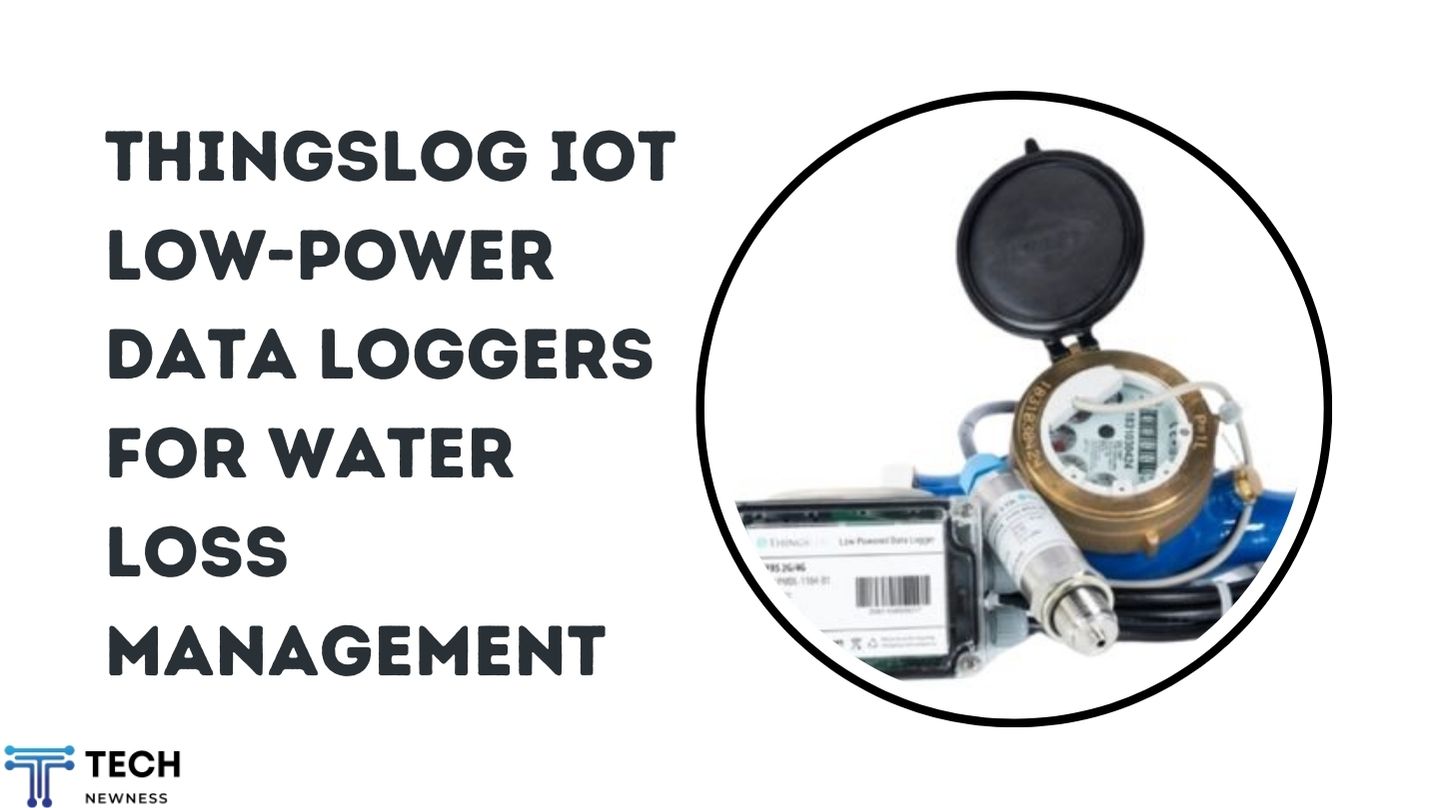Have you ever received a call from an unfamiliar number, only to see “No Caller ID” or “Unknown Caller” displayed on your screen? While these terms may seem interchangeable, they actually indicate different scenarios. Understanding the distinction between No Caller ID and Unknown Caller can help you make informed decisions about which calls to answer and how to manage your phone’s settings. In this article, you’ll learn the key differences between these two types of calls, why they occur, and what steps you can take to identify or block them. By the end, you’ll be better equipped to handle mysterious incoming calls with confidence.
Table of Contents
What is No Caller ID?
Intentional Anonymity
When you receive a call labeled as “No Caller ID,” it means the caller has deliberately chosen to hide their phone number from your caller ID display. This is different from an “Unknown Caller,” which typically indicates a technical issue preventing the caller’s information from being transmitted. No Caller ID calls are intentional actions by the caller to conceal their identity, often for privacy reasons or to avoid callbacks.

Common Uses and Risks
No Caller ID is frequently used by various individuals and organizations. Celebrities and others who value their privacy may use this feature to protect their personal information. However, it’s also commonly employed by telemarketers, charities, and unfortunately, sometimes by scammers or stalkers. This anonymity can be risky, as the caller’s intentions are unknown.
How It Works
To set up No Caller ID, callers can either:
- Dial *67 before the number they’re calling
- Change their phone settings to hide their number for all outgoing calls
It’s important to be cautious when receiving these calls and consider using features like sending them directly to voicemail or blocking them completely to maintain your phone safety and privacy.
How No Caller ID Works on Your Phone
Understanding No Caller ID
When you receive a call labeled as “No Caller ID,” it means the caller has deliberately chosen to hide their phone number from you. This feature allows callers to maintain their privacy by preventing their contact information from being displayed on your device. According to Asurion, this method is often used by celebrities, individuals making anonymous complaints, or unfortunately, telemarketers and scammers trying to conceal their identity.
Managing No Caller ID Calls
Your smartphone offers built-in features to help you manage these anonymous calls. On Android devices, you can activate the “Block unknown callers” option in your Phone app settings to automatically block all calls with “No Caller ID.” iPhone users have a similar feature called “Silence Unknown Callers” in their Phone settings, which silences these calls without blocking them entirely.
Potential Risks and Precautions
While not all No Caller ID calls are malicious, it’s generally advisable to exercise caution. NordVPN recommends avoiding answering these calls unless you’re expecting one from an organization or individual who may be using this feature for legitimate privacy reasons. If you need to trace a No Caller ID call, you can try dialing *69 to reveal the previous caller’s number or contact your phone service provider for call tracing services, though fees may apply.
What Does “Unknown Caller” Mean?
When you receive a call from an “Unknown Caller,” it means that your phone or carrier cannot identify the caller’s information. This situation arises due to various technical reasons, rather than a deliberate attempt by the caller to hide their identity.

Reasons for “Unknown Caller” Display
There are several reasons why a call might appear as “Unknown Caller”:
- Network issues: Sometimes, the calling network may fail to transmit the caller ID information correctly, resulting in an “Unknown Caller” display.
- Incompatible systems: Differences between phone networks or carriers can lead to caller ID incompatibility, causing the “Unknown Caller” status.
- International calls: Calls from overseas often appear as “Unknown Caller” due to limitations in cross-border caller ID transmission.
Distinguishing “Unknown Caller” from “No Caller ID”
It’s important to note that “Unknown Caller” differs from “No Caller ID.” While “Unknown Caller” is typically unintentional, “No Caller ID” indicates a deliberate choice by the caller to suppress their information. Understanding this distinction can help you better manage and respond to incoming calls from unidentified sources.
Why You Might See Unknown Caller Instead of No Caller ID
When your phone displays “Unknown Caller” instead of “No Caller ID,” it’s often due to technical issues rather than intentional number hiding. According to Digital Trends, “Unknown Caller” indicates that the caller ID information is not available for some reason, while “No Caller ID” means the caller has deliberately hidden their number.
Network and Carrier Issues
One common reason for “Unknown Caller” displays is network errors or incompatibilities between phone networks. As explained by Asurion, issues with your phone service provider can also lead to this display. For instance, the HD Voice option on some Verizon accounts may cause this problem.
International and VoIP Calls
LinkedIn reports that limitations with VoIP and international calls can result in “Unknown Caller” displays. When calling from abroad or using internet-based calling services, the caller’s information may not be properly transmitted or recognized by your carrier.
Carrier Recognition
Sometimes, the difference between “Unknown Caller” and “No Caller ID” simply comes down to how your carrier processes the incoming call information. As discussed on Apple’s support forum, the same caller might appear differently depending on how their information is transmitted and handled by the various carrier networks involved in connecting the call.
No Caller ID How to Find Out Who Called
Trace the Call
When faced with a mysterious “No Caller ID” call, you’re not entirely out of options. One simple method to potentially unveil the caller’s identity is by dialing *69 immediately after receiving the call. This code activates the last-call return service, which may provide you with the number and sometimes even the name and address of the previous caller.
For more serious situations, dialing *57 can trace the last call and alert your phone service provider and law enforcement about potentially threatening or suspicious calls.
Leverage Technology
In today’s digital age, technology offers additional solutions. Third-party apps like TrapCall, TrueCaller, or Hiya can often identify callers who attempt to hide their information. These apps utilize extensive databases to perform reverse phone lookups, potentially revealing the identity behind the mysterious call.
Your phone’s built-in features can also help manage unwanted calls. Both iPhone and Android devices offer options to silence or block unknown callers, providing a first line of defense against potential scams or unwanted marketing calls.
Contact Your Service Provider
If other methods fail, reaching out to your phone service provider can be a valuable step. Many providers offer call tracing services that can reveal more information about the mysterious caller. While these services may come with a fee, they can be worth it for persistent or concerning cases.
FAQs About No Caller ID and Unknown Numbers
What’s the difference between “No Caller ID” and “Unknown Caller”?
“No Caller ID” means the caller has intentionally hidden their number, often for privacy reasons or potentially malicious purposes. On the other hand, “Unknown Caller” indicates a technical issue where the caller’s number couldn’t be identified, such as network errors or international call limitations.
Why do people use “No Caller ID”?
People may use “No Caller ID” for various reasons. Celebrities or individuals making anonymous complaints might do so for privacy. However, it’s also commonly used by telemarketers, fundraisers, or potential scammers to avoid callbacks or conceal their identity.
How can I manage these calls?
For iPhone users, you can silence unknown callers by going to Settings > Phone > Silence Unknown Callers. Android users can block unknown callers through the Phone app settings. It’s important to exercise caution, especially with “No Caller ID” calls, as they could be associated with scams or harassment. Consider using phone features to block or silence these calls for better privacy and security.
Conclusion
In navigating the world of incoming calls, understanding the distinction between No Caller ID and Unknown Caller is crucial for your privacy and security. By recognizing these differences, you can make informed decisions about which calls to answer and how to manage your phone settings. Remember that while Unknown Callers may simply have unlisted numbers, No Caller ID situations warrant more caution. Utilize the tools and settings available on your device to filter unwanted calls and protect yourself from potential scams or harassment. Stay vigilant, keep your personal information secure, and maintain control over your communication channels in this increasingly connected world.
See Also: Why Is My Phone in SOS Mode? Easy Ways to Fix iPhone Now!





